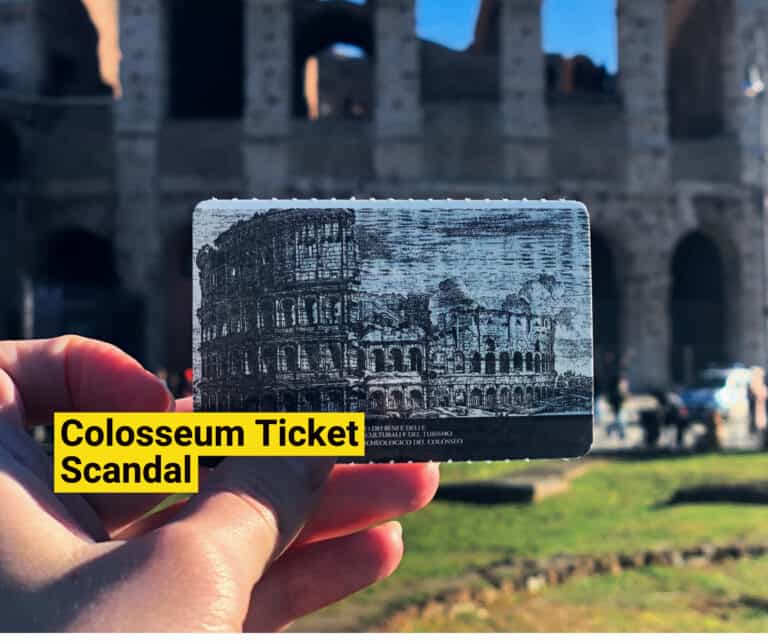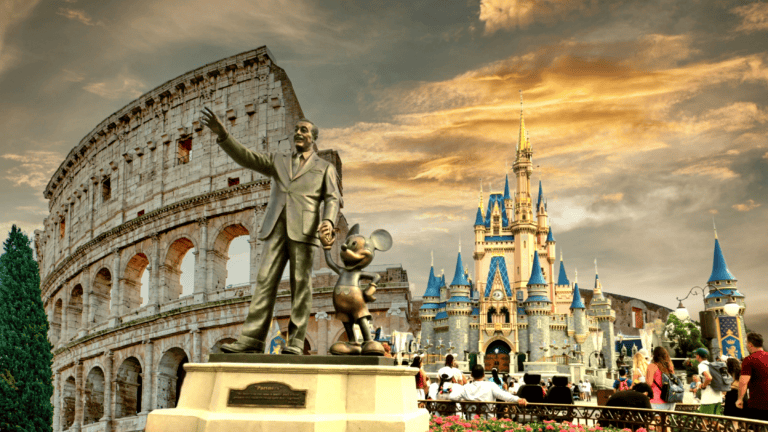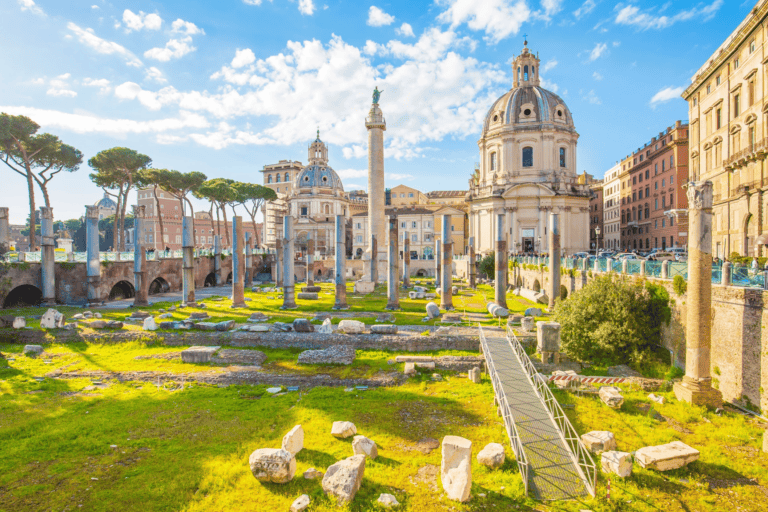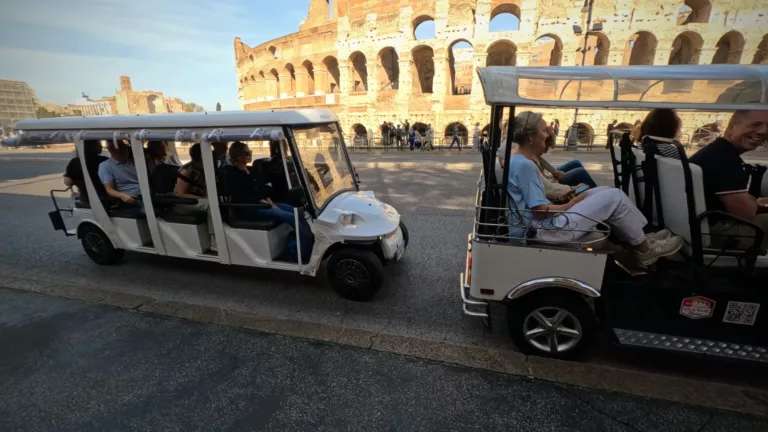The Spanish Steps, or Scalinata di Trinità dei Monti, are one of Rome’s most iconic landmarks and a beloved destination for visitors from around the world. Nestled between Piazza di Spagna at the base and the Trinità dei Monti church at the top, this grand staircase of 135 steps is as much a social hub as it is an architectural marvel. Its blend of art, history, and breathtaking views makes it a must-visit spot in the Eternal City.
A Stairway with a Rich History
The Spanish Steps were completed in 1725, thanks to a collaboration between French diplomat Étienne Gueffier, who funded the project, and architect Francesco de Sanctis, who designed the staircase with Alessandro Specchi. They were intended to bridge the Spanish Embassy (hence the name) at the bottom with the Trinità dei Monti church above, creating an impressive path that showcased Rome’s Baroque style. This architectural masterpiece reflects the grandeur of the 18th century and was one of the few public staircases of such scale at the time.
A Place of Art and Inspiration
For centuries, the Spanish Steps have inspired artists, writers, and poets, becoming a meeting point for creatives from all over the world. In the 19th and 20th centuries, they served as a popular spot for painters, photographers, and literary figures who gathered in the Piazza di Spagna below. The staircase also gained fame in films like Roman Holiday (1953), where Audrey Hepburn’s character famously enjoys a gelato on the steps. This scene cemented the Spanish Steps’ status as a cultural symbol of Rome.
The Fountain and the Obelisk
At the base of the steps, you’ll find the Fontana della Barcaccia, a beautiful fountain designed by Pietro Bernini and his son Gian Lorenzo Bernini. Its unique boat shape is thought to represent a ship stranded after a historic flood of the Tiber River. This adds another layer of history and symbolism to the area. At the top of the steps, the Trinità dei Monti church is accompanied by an ancient Roman obelisk, the Obelisco Sallustiano, which stands as a testament to Rome’s connection to both Egyptian and ancient Roman history.
The Modern-Day Experience
Today, the Spanish Steps continue to be a bustling social space where locals and tourists alike gather. The area is surrounded by high-end shopping streets, such as Via dei Condotti, offering some of the best designer brands and boutiques in Rome. As you climb the steps, you can enjoy sweeping views of the city, with the rooftops of Rome unfolding below. Though it’s no longer allowed to sit on the steps due to preservation efforts, visitors are encouraged to explore, take photographs, and marvel at the architectural beauty that has captivated people for centuries.
Visiting Tips
- Time of Day: Early morning and late afternoon are ideal times to visit to avoid large crowds.
- Nearby Attractions: After visiting the Spanish Steps, explore the nearby Keats-Shelley Memorial House, a museum dedicated to the poets who once lived and found inspiration in Rome.
- Seasonal Events: In spring, the Spanish Steps are adorned with azalea flowers, creating a stunning display that draws even more visitors.
- Shopping and Dining: The area around Piazza di Spagna is filled with luxury shopping and charming cafes, perfect for enjoying an espresso or gelato.
Why You Can’t Miss the Spanish Steps
The Spanish Steps capture the essence of Rome: a city where history, culture, and everyday life intertwine. With their elegant design, historical significance, and vibrant atmosphere, the Spanish Steps remain a symbol of Rome’s beauty and allure. Whether you’re an art lover, a history buff, or simply a traveler looking to experience the heartbeat of Rome, a visit to the Spanish Steps offers a glimpse into the timeless charm of the Eternal City.







